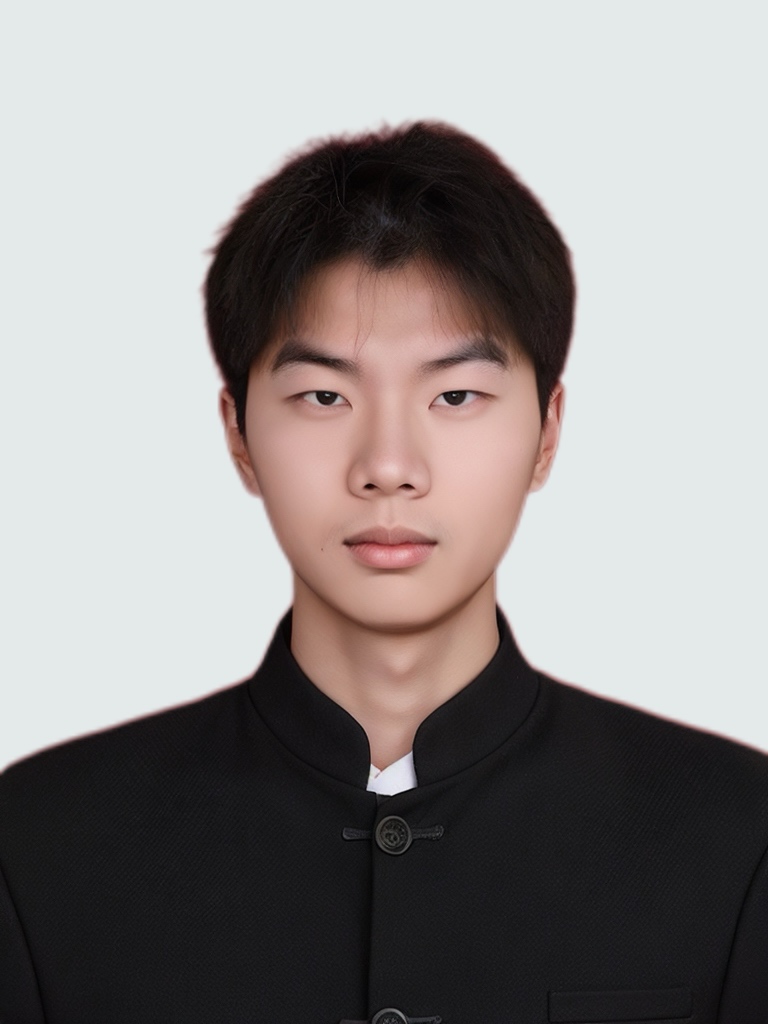
Hao Fang
PhD Researcher · SMART Group · University of Edinburgh
I am a PhD candidate at the Institute for Imaging, Data and Communications (IDCOM), School of Engineering, University of Edinburgh, supervised by Dr. Yang. Previously, I was an algorithm engineer at the Brain-Machine Fusion Intelligence Institute, JITRI, focusing on brain-computer interface algorithms. I hold an M.S. in Signal Processing and Communications from the University of Edinburgh (with Dr. Elliot J. Crowley) and a B.Eng. in Electronic and Electrical Engineering from the joint program of the University of Leeds and Southwest Jiaotong University (with Prof. Huang).
Deep Learning
Electrical Impedance Tomography
Inverse Problems
Medical Imaging
Soft Robotics
Contact
📧 h.fang@ed.ac.uk · 🔗 GitHub · 🔗 Google Scholar